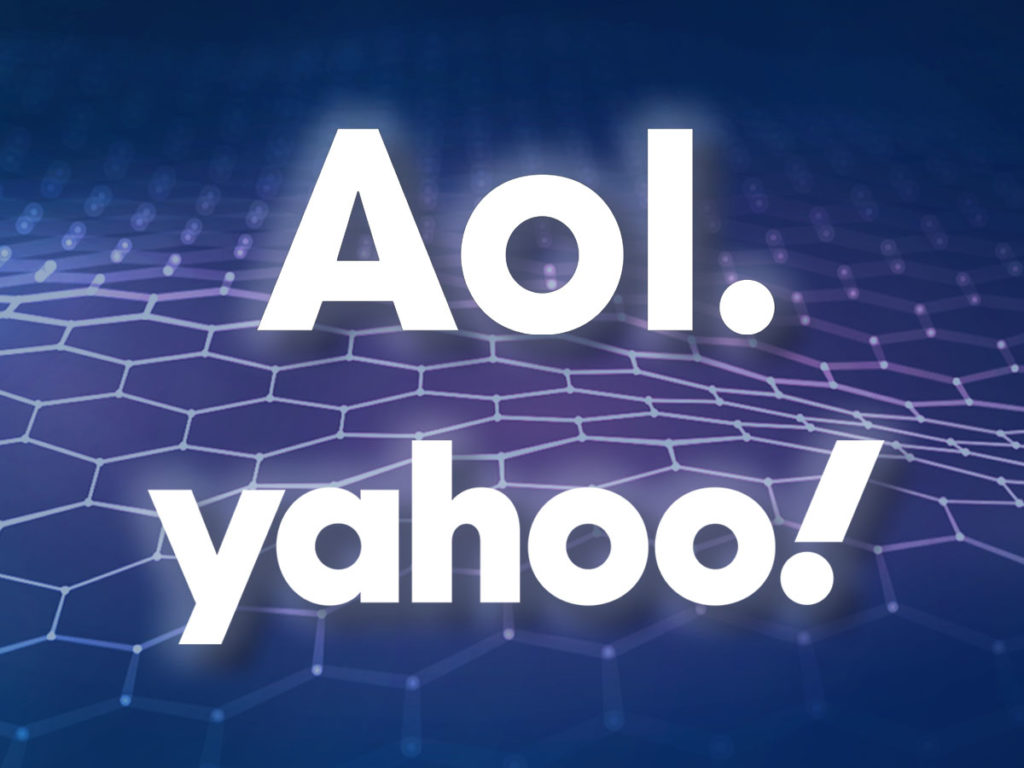10 Best Shopify Apps to Increase Sales
by Isabel Greenfield
6 Min Read
CES 2024: Stagwell (STGW) and MNTN Announce Partnership in Unified Performance SolutionsLearn More
The telecom giant’s move shows digital advertising is better left to companies built for it

5 Min Read
Verizon is bowing out of the media business with their reported sale of Yahoo, AOL, and a host of other properties to private equity firm Apollo Global Management. The deal, which is reported to be worth $5 billion, sees the telecom giant end its experiment in the media business. Executives from Verizon say they will refine the company’s focus toward 5G and their expanding internet-provider business.
The move makes sense from a strategic perspective for Verizon, however it’s a significant pivot for the company that spent nearly $9 billion on Yahoo ($4.5B in 2017) and AOL ($4.4B in 2015) only a few years ago.
Selling at a loss isn’t anyone’s Plan A, so the sale suggests Verizon realized they were in a losing position. The move may also have been prompted by some recent good news; Verizon Media reported they grew revenue in Q4 2020–the first time they’ve seen growth since acquiring Yahoo nearly three years prior. With the business heading in the right direction, Verizon may have felt they could get a better deal now.
Verizon’s core competency has always been telecommunications, and a foray into the media world was an interesting pivot when they originally made the deals to acquire Yahoo and AOL. Could a mega-company with a zillion dollar budget dominate both the digital infrastructure and content worlds simultaneously? In this case, it appears not.
It’s a similar story with rival AT&T, who recently sold the bulk of its stake in traditional TV mainstay DirecTV. The financial hit was even more egregious for them; they spent $48 billion for the satellite provider in 2014 only to sell it for about $7 billion this year. It’s important to note they aren’t completely out of the media business however; they doubled down on their commitment to streaming television with HBO Max.
While AT&T has a vision of streaming television becoming the future of TV (and they’re right), Verizon didn’t have the same enthusiasm for their media strategy. It wasn’t for lack of trying, however, as they sunk serious time and effort into standing up a digital ad business.
“We’re the only independent omnichannel ad platform with a unified tech stack, enabling marketing and monetization across all ad formats and channels, both traditional and emerging,” Ivan Markman, Chief Business Officer at Verizon Media, recently told Forbes. That tech stack will now live on as part of Yahoo (which is what the umbrella of media properties will now be known as)—but not as a part of Verizon.
They discovered that the digital advertising industry is tough, and their throwing in the towel is a tacit admission they couldn’t compete with the likes of Facebook and Google. Those two tech giants have succeeded by building their core business around digital advertising, with a heavy focus on direct-response performance marketing. They have digital DNA, making it easier to understand what levers to pull to succeed.
Verizon, with its mixed focus and value of scaling their media presence versus focusing it on specific, lucrative areas (like performance marketing), found they weren’t cut out for the competition. They just could not compete in a market full of digital natives.
Known as the main Connected TV device manufacturer, Roku wanted to make sure the market understood that wasn’t their main focus. Even as far back as 2018, they were trying to frame the narrative that their business was centered on digital advertising.
“That’s not paid for by the hardware,” said Roku CEO Anthony Wood back in 2018, when asked about cash flow and how they’re facilitating growth. “That’s paid for by our ad and content business.”
Their focus has only increased since then. They recently acquired the video advertisement branch of Nielsen (the linear TV measurement firm) in order to better track success for their advertisers. Since Connected TV functions like a digital ad channel, measurement is a massive piece of delivering value for customers. That’s because more advertisers are seeing Connected TV as an ad channel capable of delivering on performance-focused campaigns.
Google and Facebook have offered digital advertising solutions that deliver strong, measurable results for years now. That same type of advertising is now possible to run on television with the rise of Connected TV.
Purpose-built advertising solutions will thrive on Connected TV if they stay focused—and there’s plenty of incentive to do so as more advertisers commit budget to the growing ad channel. eMarketer estimates ad spend will grow by 41% to over $11 billion in 2021 alone. Advertising solutions with a focus on delivering strong, performance-based ad campaigns will be in a position to claim a bulk of that spend.
Case in point, Performance TV has seen a massive uptick in adoption (up 66% YoY in Q4 2020, and has only added more advertisers since). Its focus is on direct-response, fully measurable performance campaigns served on Connected TV. This is an extremely compelling proposition to advertisers looking to expand their direct-response performance campaigns beyond the usual paid search and social channels.
It’s the focus of platforms like Performance TV or Roku that is key to succeeding in digital advertising. Companies need a strong vision and the will to see it through to compete with the Googles and Facebooks of the world. It cost Verizon billions of dollars to learn that lesson the hard way.
Subscribe to the report Apple, Amazon, NBC and more use to get their CTV news.